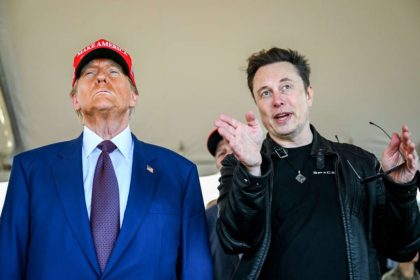Generative AI tools have become a ubiquitous technology in our world, affecting fields as diverse as medicine, business, entertainment, and education; but what about art? Can AI challenge human creativity by creating works of art? Even surpass it?
In this article, we will answer the above questions by examining music, images and texts created by artificial intelligence, and we will also examine the implications of this issue for the community of artists as well as people. Stay with Digiato.
The effect of artificial intelligence in art; a tool or a threat?
Today's chatbots have interesting views on art. For example, ChatGPT answered the question “Between Manet and Degas (19th century painters), who is the better painter?” He says: “Comparing artists and placing them in the best and worst categories is not correct; Because art is highly dependent on people's thinking and their mental taste
The presence of artificial intelligence in artistic fields is not limited to the present time. Previously, many artists such as “Ed Atkins”, “Martin Sims”, “Ian Cheng” and “Agnieszka Courant” have used neural systems and large language models, and some orchestras also used artificial intelligence in the 90s. Also, in the 18th century, humans interacted with musical machines such as the flute player's automatic instrument in the production of music.
However, the rapid growth of image generation tools such as Midgerni, Stable Diffusion and Dall-E have raised concerns about the performance of artificial intelligence, as these tools can compete with the unique capabilities of humans and even reduce the value and importance of real art. Furthermore, when the AI-assisted song Heart On My Sleeve went viral, many advocates and critics argued that the true identity of humans was under threat.
Artificial intelligence cannot be considered creative in the production of artistic content; Because this tool provides the intended output simply by creating approximations and quick reconstructions of the available content. But art in the human world is different; Art comes from human imagination and imagination, and this type of human being can put their ideas on paper more than any other tool. Now the question is: “What can be understood from human art, writing and music when artificial intelligence covers its weaknesses and flaws?”
If we look around, we will notice the limited information of many people about artistic content. Most people measure works of art, movies and series according to their scores and machine data, and this has led to the limitation of people's knowledge about art. In fact, humans lose their creativity and human identity by adapting to artificial intelligence standards and data. The occurrence of such a thing can bring artificial intelligence to work and replace mediocre and formulated works with the initiative of humans.

Therefore, humans should not replace themselves with machines or bind their brains to productive tools, but should use them as a means to enhance their creativity and expression. Also, people are required to raise their artistic-cultural expectations and goals in order to create better contents.
If people and artists pay more attention to their unique abilities and their cultivation, we can hope for the development of art and culture. In fact, art requires the effort, passion and thinking of individuals to be something more than the combination of a few color-cultural elements.
RCO NEWS















